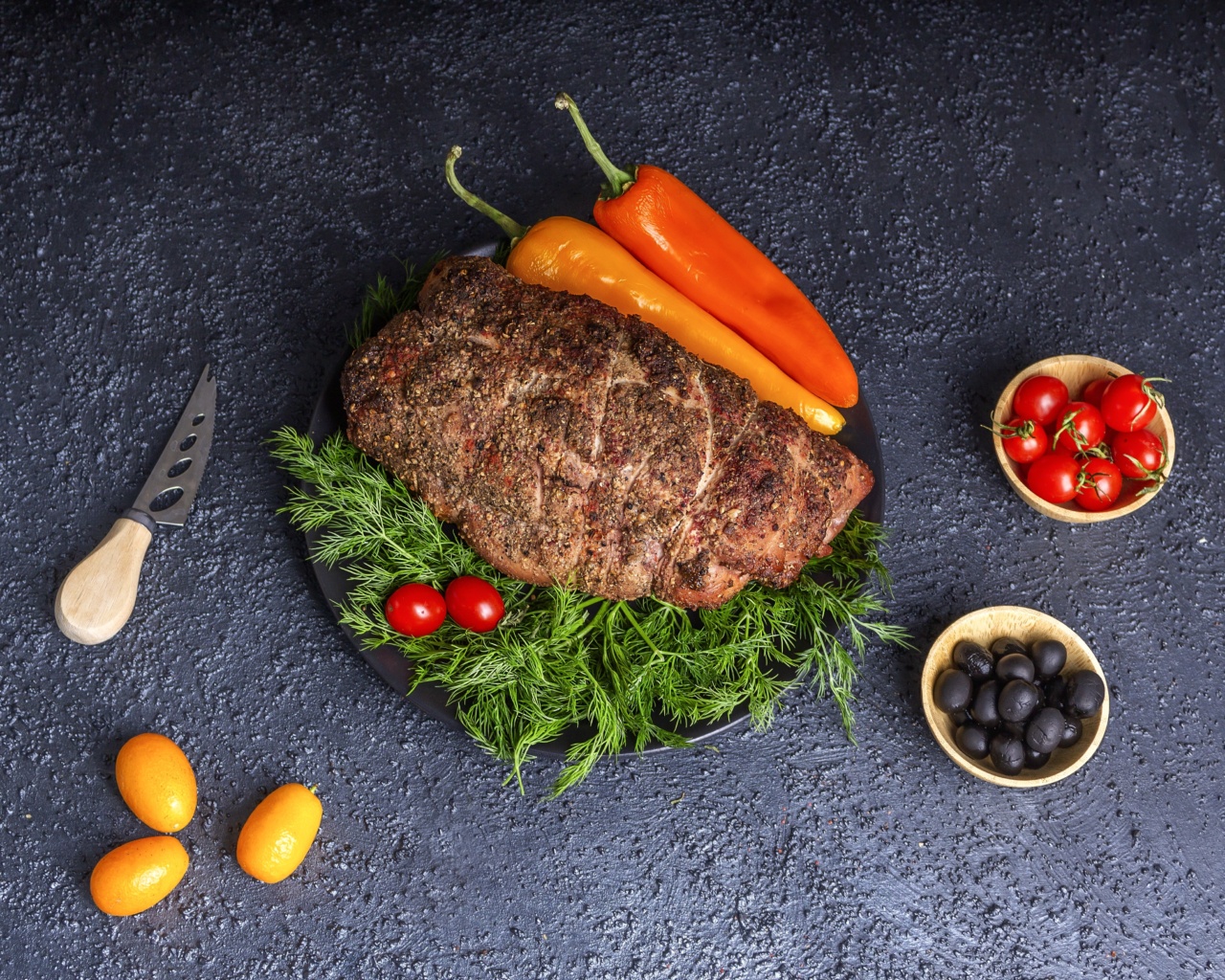Olives are a common ingredient in many dishes and snacks. They are enjoyed by people all over the world due to their unique flavors and health benefits. Olives come in different colors, but the most common are black and red.
Both types of olives have their own characteristics and nutritional profiles. In this article, we will discuss the risks associated with black olives and red olives.
Black Olives
Black olives are a variety of olives that are picked when they are ripe. They are commonly used in pizza toppings, salads, and sandwiches. Black olives are rich in vitamins and minerals such as iron, vitamin E, and calcium.
They also contain monounsaturated fat, which is considered a healthy fat that can help reduce the risk of heart disease. However, black olives are also high in sodium, which can be detrimental to individuals with high blood pressure.
Risks Associated with Black Olives
Black olives are typically cured with brine or salt to enhance their flavor and texture. The high sodium levels in these curing methods can lead to health problems such as high blood pressure, heart disease, and stroke.
Consuming too many black olives, especially those that are processed or canned, can also lead to weight gain due to their high fat content. Furthermore, some individuals may be allergic to black olives and experience a range of symptoms from mild to severe such as itching, swelling, and difficulty breathing.
Red Olives
Red olives are another variety of olives that are less common than black olives. They have a slightly different taste and texture than black olives, and are often used in Mediterranean and Middle Eastern cuisine.
Red olives are rich in vitamins and minerals such as vitamin E, iron, and calcium. They also contain polyphenols, which are antioxidants that can help reduce inflammation and lower the risk of chronic diseases.
Risks Associated with Red Olives
While red olives are generally considered a healthy food, consuming too many of them can still have negative effects on some individuals. Like black olives, red olives are also high in sodium.
Therefore, people with high blood pressure should limit their intake of red olives. Additionally, red olives are high in fat, which can lead to weight gain if consumed in large amounts.
Lastly, similar to black olives, some individuals may be allergic to red olives and experience symptoms such as itching, swelling, and difficulty breathing.
Conclusion
In conclusion, both black and red olives have their own set of risks associated with them. While they both contain valuable vitamins and minerals, they are also high in sodium and fat.
Individuals with high blood pressure should limit their intake of both types of olives, and those with allergies should avoid them altogether. To reap their health benefits, it is recommended to consume olives in moderation and to choose fresh and unprocessed varieties whenever possible.





























